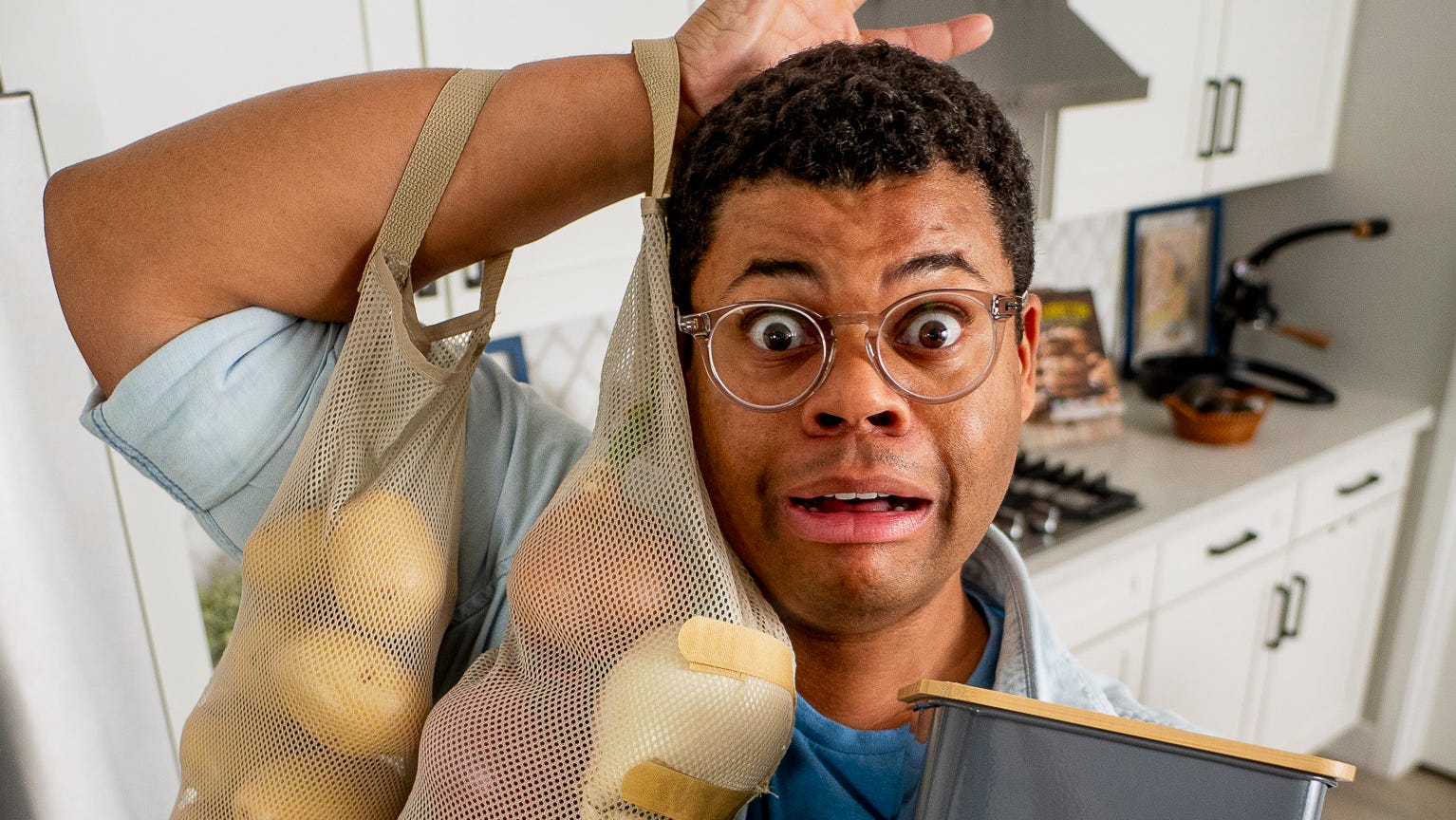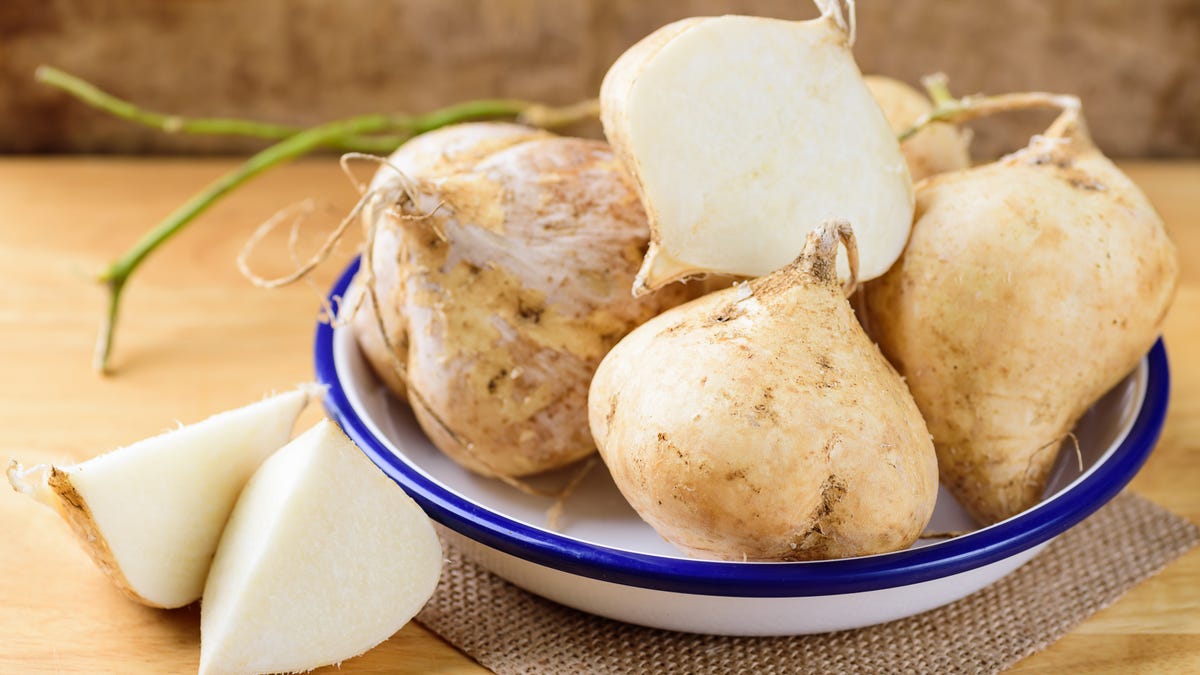
How to store root vegetables like potatoes, onions
Store your root vegetables properly so they last longer.
Problem Solved
Looking for a way to add more nutrition into your diet? Jicama might be just the food to add, or to include more of if you’re already a fan of the crunchy root vegetable.
Women’s health dietitian and nutritionist Valerie Agyeman, RDN, calls jicama “super refreshing.” Here’s how to add more of it to your weekly menu.
What is jicama?
Jicama is a root vegetable that tastes like a less-sweet apple, and looks more like a potato or a beet, according to Web MD. It’s also been compared to pears or water chestnuts. Jicama is brown on the outside and white on the inside, and grows primarily in Mexico and Central America.
It’s usually eaten raw, but can also be used in cooking in a variety of ways, including pickling, frying, sautéing or mashing (like a potato). You can also add it to soups or stews.
“I love it raw with lime and chili powder or tossed into a crunchy slaw,” Agyeman says. “It adds such a fun, crisp texture.”
Is jicama good for you?
The short answer is yes, jicama is good for you.
Agyeman points out the high fiber and vitamin C contents in particular; a 1-cup serving of raw jicama contains about 49 calories, 6.37 grams of fiber (recommended daily amounts of fiber for women span from 22 to 28 grams depending on age, while recommendations for men vary from 28 to 34) and 26.3 milligrams of vitamin C (for which the recommended daily amount is 65 to 75 for women and 75 to 90 for men), according to the U.S. Department of Agriculture.
Per the USDA, more than 90% of women and 97% of men don’t reach that daily fiber recommendation. Finding foods that are easy and tasty to you can help with reaching that baseline recommendation, nutrition experts say.

